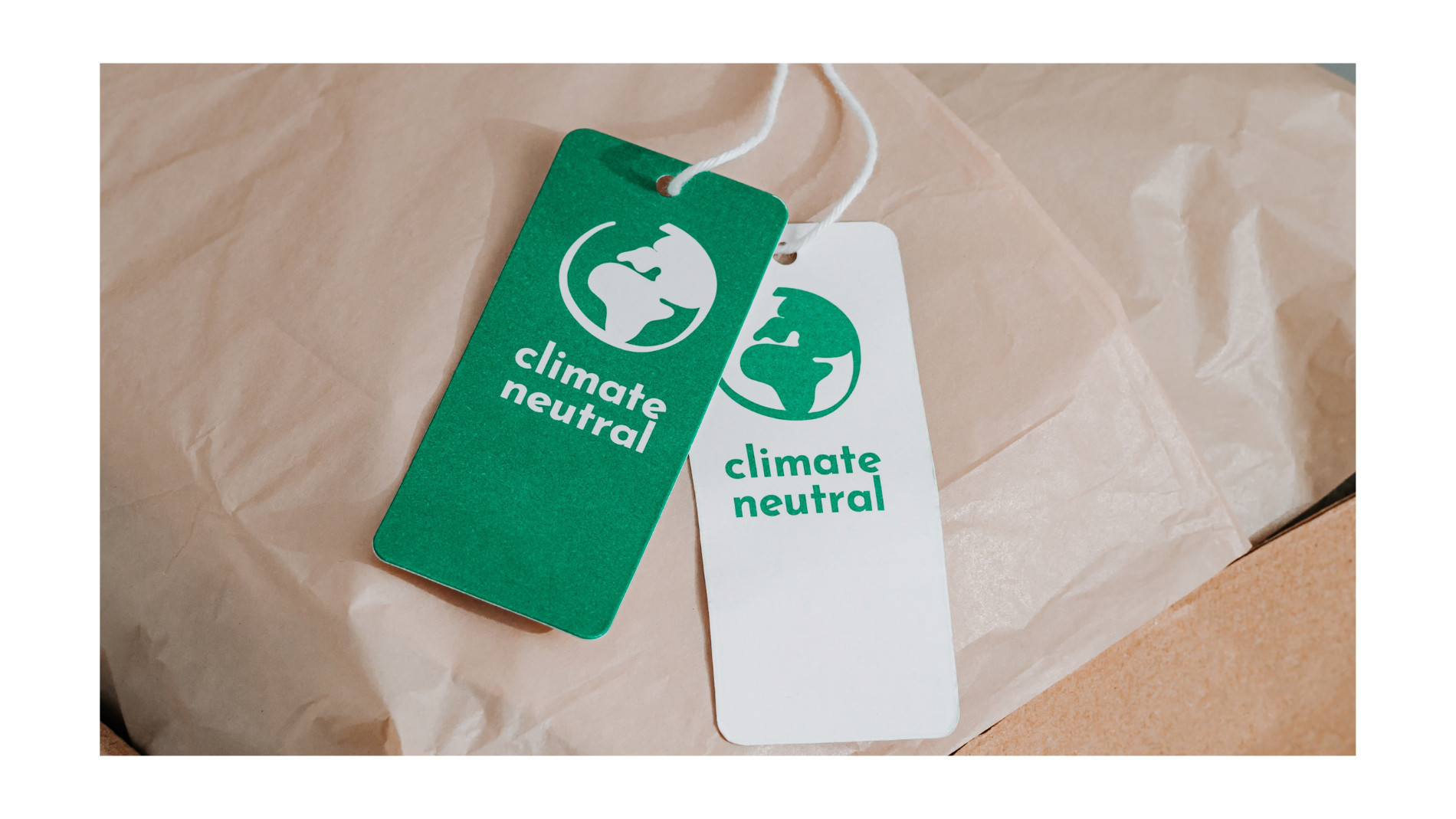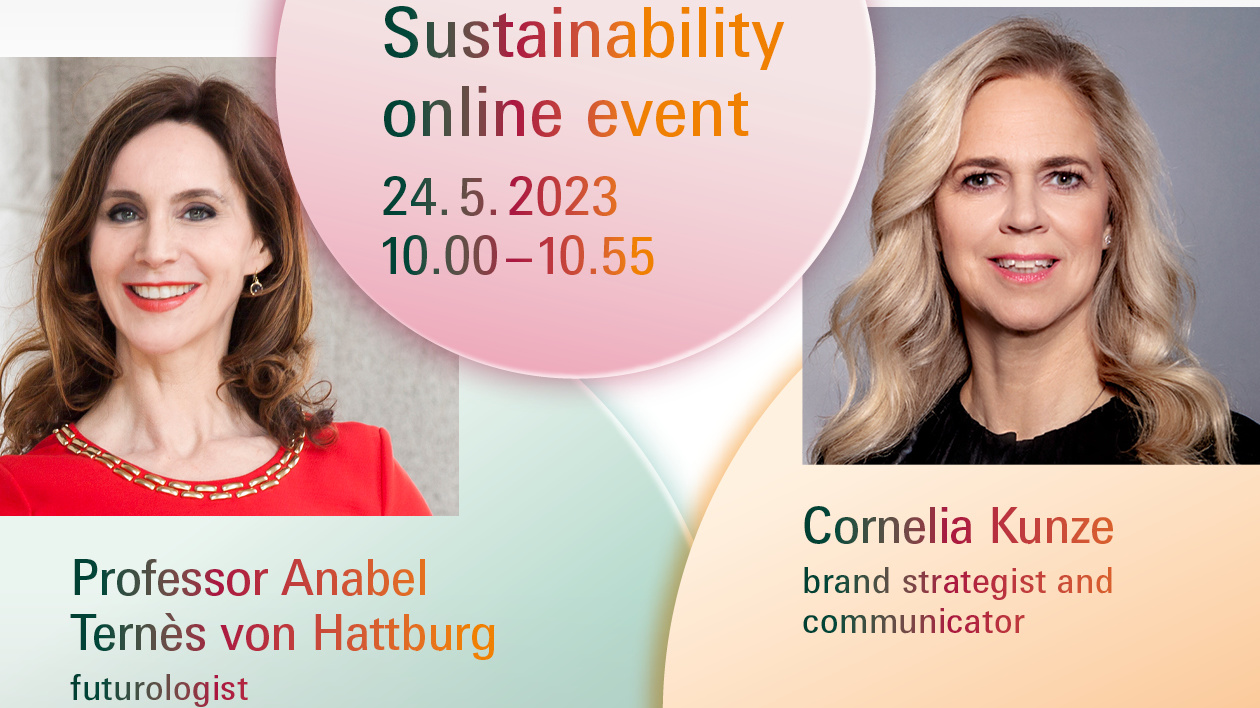Sustainability has become an important success factor in retail. At the same time, the risk is growing that companies present themselves as more environmentally friendly than they actually are. This so-called greenwashing can damage a company's reputation and have legal consequences. Learn what greenwashing is, what risks it entails, and how retailers can position themselves authentically.
What Is Greenwashing?
Greenwashing refers to marketing strategies in which companies portray themselves as more environmentally friendly than they really are. This is often done through misleading advertising, vague labels, or exaggerated sustainability claims. The goal is to gain consumer trust – typically without actual evidence of the environmental practices being promoted.

Why Is Greenwashing Problematic?
Greenwashing is not just a communication issue – it has far-reaching consequences for consumers, the market, and the environment. Key points of criticism include:
- Misleading consumers: When companies appear more environmentally friendly than they are, consumers make purchasing decisions based on false assumptions. This weakens demand for genuinely sustainable products.
- Undermining true sustainability efforts: According to Greenpeace Austria, the credibility of serious environmental strategies suffers from greenwashing. Companies making real progress are disadvantaged.
- Harm to the environment: Greenwashing distracts from real environmental impacts and may prevent effective actions from being taken, worsening ecological problems in the long term.
How Does Greenwashing Manifest Itself?
Companies use various methods to falsely present themselves as sustainable. Common strategies include:
- Misleading advertising: Vague terms like “green” or “eco-friendly” are used without concrete data or verifiable actions.
- Inappropriate labels and certifications: Logos or eco-labels are often used that are either not independently verified or lack substance.
- Whitewashing and concealment: Negative environmental effects are downplayed, while isolated positive aspects are exaggerated.
- Focus on individual aspects: Companies highlight specific sustainable measures – like recyclable packaging – without addressing the overall environmental impact of the product.

Avoiding Greenwashing: What Retailers Can Do
Retailers should take a conscious approach to their sustainability efforts and communicate transparently. Mimi Sewalski explains in an interview what sustainable communication in retail can look like. Key measures include:
- Honest and verifiable statements: Communicate only provable facts, e.g., through certifications or measurable indicators.
- Holistic sustainability strategies: Individual actions are not enough – sustainable practices must apply across all areas of the business.
- Staff training: Employees must be informed and sensitised to advise customers credibly.
- Looking ahead: discover how retail can evolve sustainably and remain fit for the future in the article Future-Proof Retail.
Greenwashing in the Sights of the EU
The European Commission and European supervisory authorities are now specifically targeting greenwashing. Their focus includes:
- Reviewing sustainability claims made by major companies
- Initiating legal proceedings when misleading communications are identified
- Legal frameworks such as the EU Taxonomy and the Green Claims Directive aim to establish binding standards
This development makes one thing clear: greenwashing is no longer merely a moral or communication issue – it increasingly carries legal consequences.
Conclusion: Credibility Instead of Greenwashing
Greenwashing poses a real risk for manufacturers and retailers, as it can undermine customer trust and legal compliance. Those who instead focus on transparency, verifiable sustainability measures, and a holistic strategy can build a credible and future-ready brand.
Inspiration for successful implementation can be found in the article Sustainability in Retail – Tips from Christine Mengelée. More practical examples of sustainable strategies are available in our article on Best Practices in Sustainability.
Frequently Asked Questions About Greenwashing
What Is the Problem With Greenwashing?
It misleads consumers about a company’s actual environmental contribution and undermines trust in sustainable business models.
What Are Examples of Greenwashing?
A classic example is products marketed with green packaging or nature imagery, even though they were neither produced in an eco-friendly way nor contain verifiably sustainable ingredients. Claims such as “climate-neutral” or “eco-friendly” that are not backed by data or certification also fall under greenwashing. Another issue is companies that run a single “green” campaign per year and promote it disproportionately, without following a comprehensive sustainability strategy.
Examples of Greenwashing:
- IKEA: Sustainability vs. Illegal Timber Procurement
IKEA promotes its furniture as sustainable and environmentally friendly. However, investigations by the ARD programme Plusminus and other sources revealed that a key supplier had been sourcing wood from illegal logging operations for years. This wood was used, among other things, to produce children’s furniture. Despite the supplier being FSC-certified, protected forests in Russia’s taiga were cleared. IKEA has since ceased operations in the affected region, but the case remains a clear example of greenwashing in the furniture trade. - IKEA: Candle Production and Palm Oil
IKEA offers a wide range of candles and often promotes them as environmentally friendly. However, Greenpeace Magazine reported as early as 2010 that IKEA used large quantities of palm oil in candle production. This palm oil typically originates from plantations established on deforested rainforest land in Indonesia and Malaysia, causing significant environmental damage. Despite the criticism and known issues surrounding palm oil, IKEA has not taken comprehensive measures to improve the sustainability of its candle products.
How Can You Recognise Greenwashing?
Greenwashing is typically identified by the lack of clear evidence for environmental claims. Warning signs include vague terms such as “natural,” “sustainable,” or “green” that are not defined or verifiable. Misleading labels or visual elements that suggest an eco-friendly image without substantive backing are also typical indicators. Consumers should look for traceable information, credible certifications, or transparent sustainability reports.








